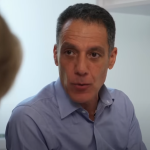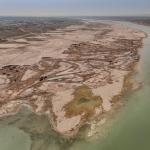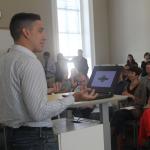From the Los Angeles Times
How to track poverty from space
By Karen Kaplan
You can get a pretty good idea of a country’s wealth by seeing how much it shines at night — just compare the intense brightness of China and South Korea to the dark mass of North Korea that’s sandwiched between them.
But nighttime lights don’t tell you which neighborhoods or villages within a large region are merely poor and which are home to people living in abject poverty. That’s the level of detail policymakers need when they decide where to deploy their economic development programs....
So researchers at Stanford came up with a way to get computers and satellites to do the work for them.
Their computer model, described Thursday in the journal Science, isn’t perfect. But its predictive power is at least as good as — or better than — methods that rely on data from old and out-of-date surveys....
In an essay that accompanies the study, Joshua Blumenstock of UC Berkeley’s Data Science and Analytics Lab said that making use of daytime satellite data — which contains far more information than nighttime images — can “make it possible to differentiate between poor and ultrapoor regions.” This, in turn, “can help to ensure that resources get to those with the greatest need.”
Josh Blumenstock is an assistant professor in the School of Information.








